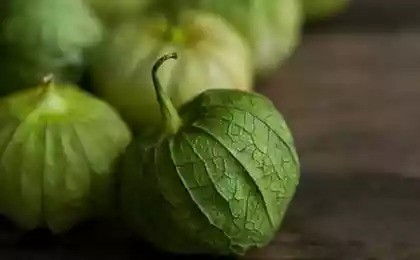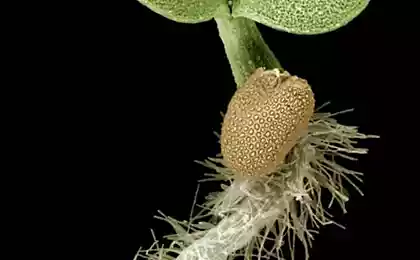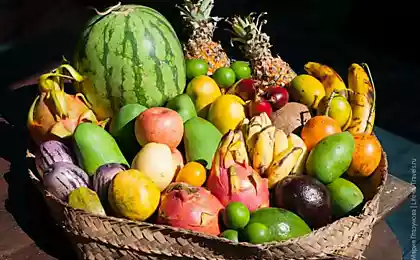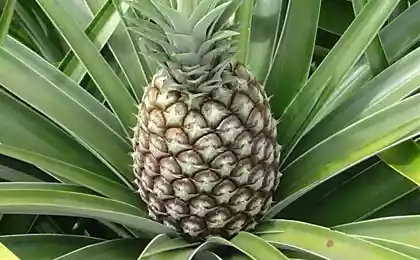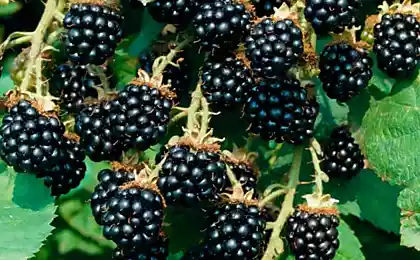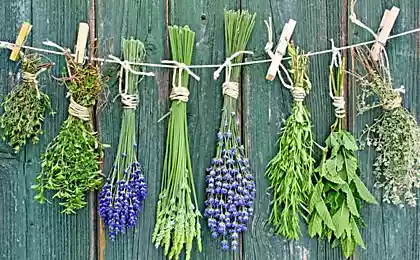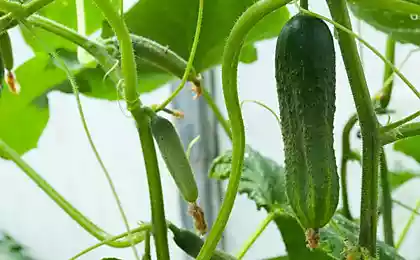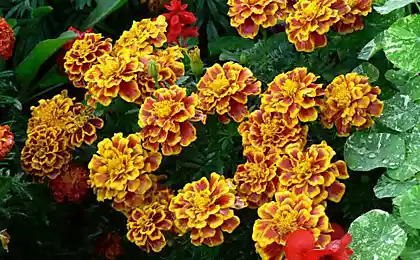498
Physalis - Chinese lanterns
Physalis has long been well known throughout the world. Cultivars of this plant are divided into decorative (also called "Chinese lanterns") and edible (berries or vegetables), like yellow tomatoes in a fragile ETUI. Most people believe that the mysterious plant is whimsical, delicate and exotic, why not dare to grow on your plot. And for good reason. First, fire boxes decorative physalis is an excellent material for the compilation of original compositions of dried flowers.
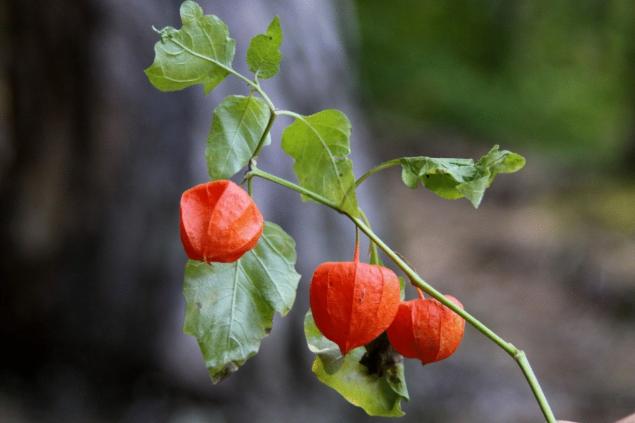
And secondly, the juicy pulp is edible varieties — exquisite delicacy. The sweet fruits are eaten raw, dried as raisins, or make them into jams, preserves and compotes. And bitter — pickled and canned, vegetables. Experience shows that the edible plant physalis peers quite unpretentious. Even in a bad year with one hive get up to 3 kg of the crop. And collected a Golden green fruit in the fragile case can be stored all winter. Cape gooseberries are resistant to shade, likes warmth (optimum temperature is +20-25 ° C) and moist, well razryhlenie the ground. It is advisable to sow the seeds in late March — early April (they germinate best at a temperature of 10-12 ºc) at a depth of 1-1. 5 cm rate of 0.4 g per 100 plants.

In open ground the seedlings can be planted 3-4 plants per 1 m 2 in late may — early June, when will all spring frosts. Finally July the sprouts should be taught, and then regular watering and fertilizing, which can be found in any shop for gardeners. Bush decorative physalis are quite high (80-100 cm), so support in the form of a column it does not hurt. This perennial plant spreads by rhizomes. It is grown solely for the sake of red-orange lanterns that resemble hearts. When they become bright fire, the shoots should be cut off, tear off the leaves and dry.
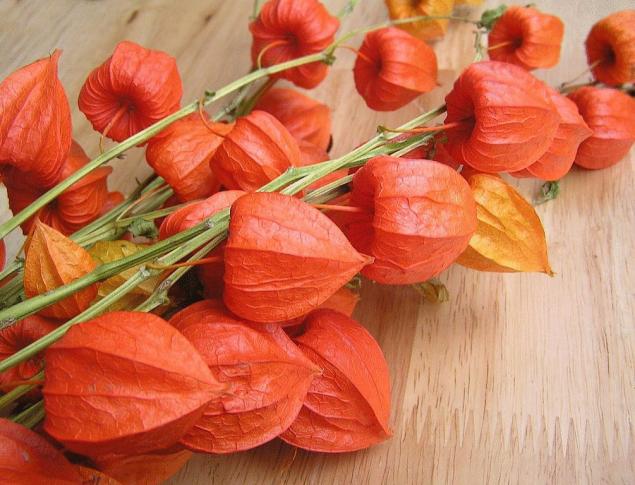
From damp and strong sunlight physalis can become pale and even completely discolored. Landscape designers suggest to decorate with physalis separate areas of the garden, edge a flower bed or lawn. Growing, it displaces its neighbors, so 1 m 2 planted no more than 4-6 plants. And after 3-4 years, the physalis is desirable to transplant to another location.
Source: /users/117

And secondly, the juicy pulp is edible varieties — exquisite delicacy. The sweet fruits are eaten raw, dried as raisins, or make them into jams, preserves and compotes. And bitter — pickled and canned, vegetables. Experience shows that the edible plant physalis peers quite unpretentious. Even in a bad year with one hive get up to 3 kg of the crop. And collected a Golden green fruit in the fragile case can be stored all winter. Cape gooseberries are resistant to shade, likes warmth (optimum temperature is +20-25 ° C) and moist, well razryhlenie the ground. It is advisable to sow the seeds in late March — early April (they germinate best at a temperature of 10-12 ºc) at a depth of 1-1. 5 cm rate of 0.4 g per 100 plants.

In open ground the seedlings can be planted 3-4 plants per 1 m 2 in late may — early June, when will all spring frosts. Finally July the sprouts should be taught, and then regular watering and fertilizing, which can be found in any shop for gardeners. Bush decorative physalis are quite high (80-100 cm), so support in the form of a column it does not hurt. This perennial plant spreads by rhizomes. It is grown solely for the sake of red-orange lanterns that resemble hearts. When they become bright fire, the shoots should be cut off, tear off the leaves and dry.

From damp and strong sunlight physalis can become pale and even completely discolored. Landscape designers suggest to decorate with physalis separate areas of the garden, edge a flower bed or lawn. Growing, it displaces its neighbors, so 1 m 2 planted no more than 4-6 plants. And after 3-4 years, the physalis is desirable to transplant to another location.
Source: /users/117
